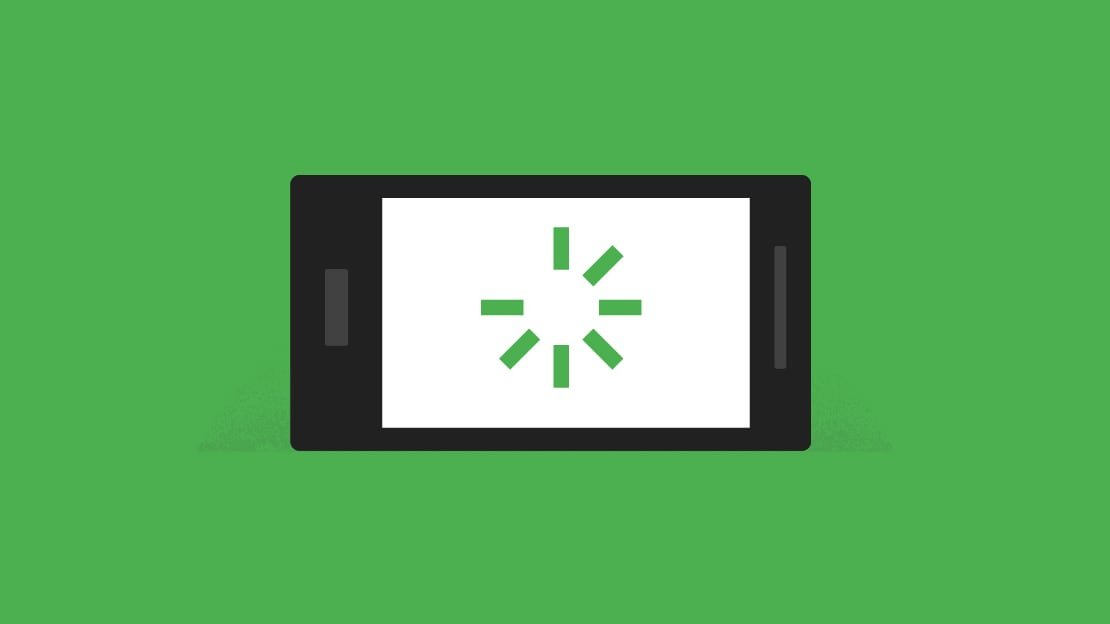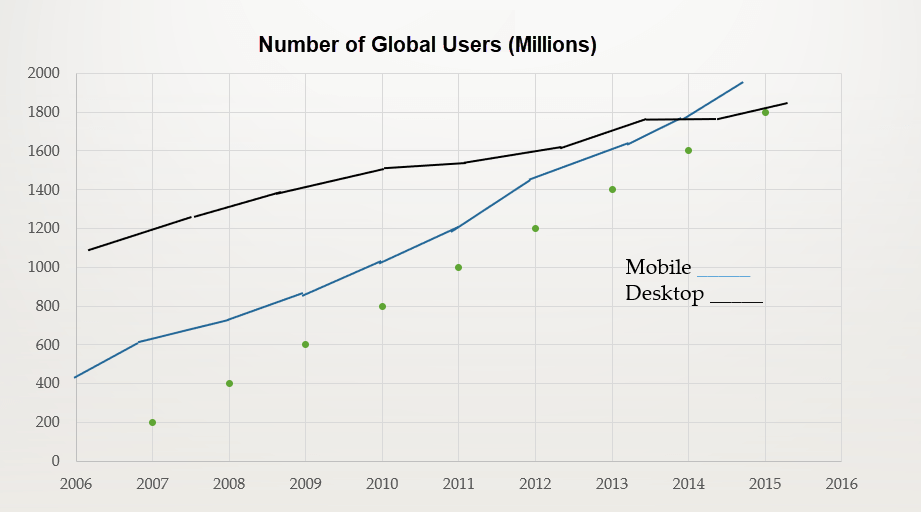As a search engine, Google always looks for better ways to innovate and/or optimize their services so as to improve the user’s overall experience, while providing the best in search results.
In 2018, Google already has numerous updates from removing View Image option, to their most recent launch of the algorithm updates that we saw in March, and the most recent updates during June and July.
The latest sweep from Google is the August 2018 update dubbed The Google Medic Update.
Unlike the March and April updates, this broad core algorithm update was massive. It saw many websites rank in free flow during its roll out days, and although these fluctuations have now stabilized, the affected sites are yet to get back up.
Most of the sites affected were in the YMYL health, wellness, as well as financial sites, majority of which fell short of Google’s EAT qualities, specifically:
- Content written by a most trusted expert in the field
- Proper About, Disclaimer, Customer support and Contact pages
- Accurate page descriptions
- Overall site structure
Other sectors that felt the heat of the August update after it was rolled out are the Travel and Tourism, as well as Real Estate.
The March update caused a fluctuation in rankings, but in the past month, Google once again launched a whole new set of algorithm updates in a bid to optimize search.
The Google Speed Update, is what’s on every website owner’s mind and lips. This update aims to implement mobile loading speed as a search ranking factor.
There’s increasing traction by mobile SEO over the past year or so, which is in line with the increasing number of users of mobile devices using search.
More people prefer browsing from their mobile devices, thus Google has had to adapt to this current trend, by crafting new updates that result in the efficiency of search.
Another important ranking factor in Google is page loading speed, as this directly affects the user’s experience.
Websites that take a lot of time to load lose visitors as users move to different websites altogether, reducing the chances of websites helping their traffic grow.
Loading is therefore on the spotlight, but this time on mobile, so mobile optimization is the key to making everything work together for the good of your website.

This means that your site should be well optimized with solid load times, and one of the processes that help boost this up is using website audit tools like Google Lighthouse, which lets you review your site and see the areas of improvement based on loading speed.
However, Google said that only the ‘slowest’ websites will be affected in terms of search rankings, but, there’s some light at the end of the tunnel. You still can redeem your site if you optimize it accordingly.
The “Speed Update,” as we’re calling it, will only affect pages that deliver the slowest experience to users and will only affect a small percentage of queries.
It applies the same standard to all pages, regardless of the technology used to build the page.
The intent of the search query is still a very strong signal, so a slow page may still rank highly if it has great, relevant content,” read the update from the official Google blog.

Other tools that can boost your site include caching tools that help load files faster and boost loading speed significantly, PageSpeed Insights, and AMP integration or PWA.
Google algorithm updates are always important especially for anyone that’s online.
However, simple some of them sound, they have a strong impact on our rankings, and this may be a sign that new techniques and strategies need to be put in place to keep rankings up.
With Google steadily pushing for more of mobile friendly updates, you’ll probably be expecting some more changes in the weeks to come.
Should you still be worried about the significance of the Speed Update? Yes.
Google processes about 3.5 billion search queries on a daily basis, and this may affect millions of websites. If yours is one of the affected websites, any slight drop in rankings can be disastrous for your business.
You need only be prepared for the upcoming changes by ensuring that
- Your IT team and digital marketers are aligned, so that once the update begins to roll out, your website’s performance and ranking will not be affected.
- Carefully focus on Google’s Quality Raters Guidelines as it provides clues to improve.
- Improving domain authority should be your priority. Proof of expertise as well as authority should be added on the site wherever possible, including the bio of the authors.
- Keep an eye on aligning user internet with the content.
- Ensure that your site is technically correct. Pay attention to mobile responsiveness, PageSpeed and HTTPS- which are known algorithm factors.
- Focus on improving mobile version of your website with the help of PWA/AMP.
With more updates expected in the near future, you’re better off coming prepared.
